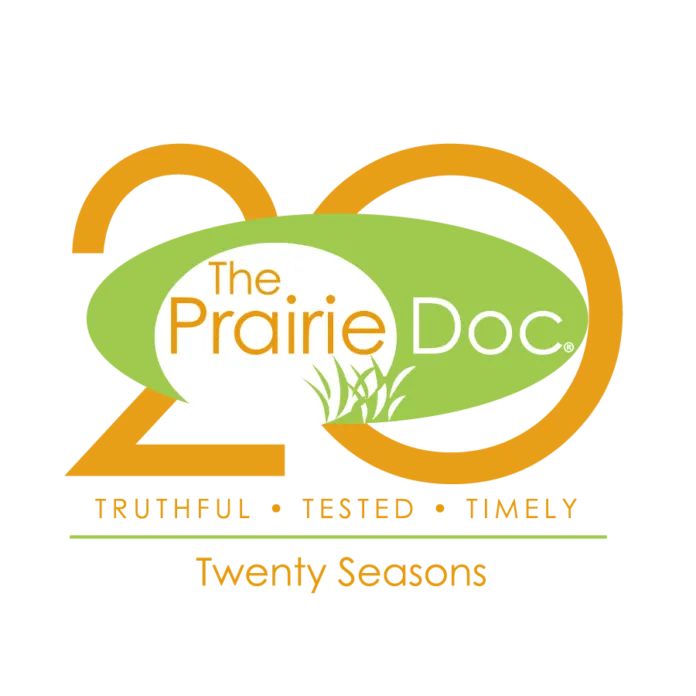Lung cancer is the second most common cancer (not counting skin cancer) in both men and women, only behind prostate in men and breast in women. Although it is the second most common, it remains the leading cause of cancer death in America. Approximately 1 in 5 cancer deaths a year are attributed to lung cancer. More Americans die every year of Lung cancer than colon, prostate and breast cancer combined. Lung cancer is considered a silent killer and is often diagnosed at a late stage, when treatment options are limited and survival rates are low. The greatest advancement in the care of lung cancer occurred in the early 2000s after the national lung cancer screening trial, which cemented the knowledge that early detection of lung cancer with low dose CT scans saves lives. Early detection through screening is crucial in improving outcomes for individuals at high risk of developing lung cancer.
Early stage lung cancer, when survivability is more favorable, is usually asymptomatic. In the early 2000s during the national lung cancer screening trial, this trial showed that in high risk individuals who obtained yearly CT scans improved their overall survivability due to the increased detection of earlier, more treatable stages of lung cancer. This trial showed that yearly low-dose computed tomography (CT) scan was the first radiographic test that consistently allowed early detection of lung cancer in high risk individuals. This early detection ultimately increased survivability due to earlier intervention of lung cancer at an earlier stage, prior to the lung cancer spreading to other places in the body.
Who is considered high risk and is eligible for lung cancer screening? Currently, the US Preventive Services Task Force recommends annual lung cancer screening with low-dose CT scan for any individual who is a current or previous smoker (who stopped smoking within the last 15 years) between the age of 50 to 80, and has a 20 pack year of smoking. A pack-year is calculated by multiplying the number of packs of cigarettes smoked per day by the number of years smoked. So if an individual smokes 2 packs of cigarettes a day, every year that individual has accumulated 2 pack years of smoking. Individuals who fall into this high-risk category should discuss lung cancer screening with a yearly low dose CT scan with their healthcare provider
Early detection through screening allows detection of lung cancer at an earlier stage and survivability of lung cancer is drastically higher when intervention occurs at an earlier stage. Studies have shown that individuals diagnosed with lung cancer at an earlier stage have a much higher chance of survival compared to those diagnosed at a later stage. Secondly, lung cancer screening with CT scan allows for detection of asymptomatic lung nodules or growths in the lungs that cannot be seen with chest X-ray. Finding these nodules early can allow for monitoring or treatment with surgery or radiation before they become more advanced and treatment options become more limited.
Lung cancer screening utilizes low-dose CT scans to take detailed images of the lungs and surrounding structures inside of the chest. These images can detect small lung nodules or abnormalities that may be early signs of lung cancer. If a suspicious nodule is found, a referral to a thoracic surgeon should occur where further testing such as a PET scan or biopsy may be recommended to determine if it is cancerous. It is important to note that not all nodules detected through screening are cancerous, and additional testing or monitoring with serial images may be needed to determine the nature of the nodule.
Lung cancer screening is an important tool in the fight against lung cancer, especially for individuals at high risk. Early detection through screening leads to earlier intervention and this increases the odds of survivability. If you or someone you know are a current or former smoker , it is important to discuss screening with low dose CT scan with your healthcare provider. Remember, early detection saves lives.
Jonathan D. Rice, MD, PhD is a board certified thoracic surgeon who focuses on thoracic oncology. He is an Assistant Professor of Surgery within the section of thoracic surgery at The University of Arizona
College of Medicine Tucson. He has a passion for the advancement of robotic access to the chest and foregut. Follow The Prairie Doc® at www.prairiedoc.org and on Facebook featuring On Call with the Prairie Doc® a medical Q&A show providing health information based on science, built on trust for 22 Seasons, live on Facebook most Thursdays at 7 p.m. central.



